The death toll from wildfires raging across central Chile rose to 122 on Monday, as rescue teams said they were still finding bodies buried in the rubble. President Gabriel Boric declared two days of national mourning, saying Chile was facing a major tragedy.
The disaster comes just after Colombia declared a state of emergency due to raging wildfires on January 26. Scientists say climate change is causing more heat waves and droughts to hit South America, both of which contribute to wildfires by drying out the vegetation that fuels the flames.
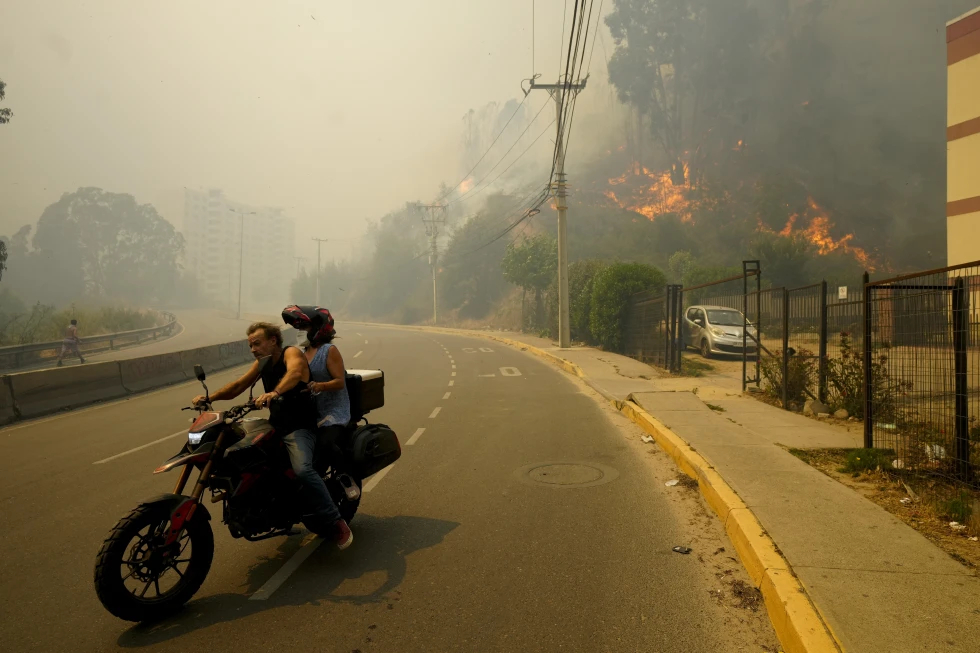
People evacuate by motorbike amid a forest fire in Vina del Mar, Chile, February 3, 2024. Photo: AP
What's happening in Chile?
Climate change "makes the world hotter, which means plants evaporate more water and soils become drier," says forest expert Edward Mitchard at the University of Edinburgh's School of Geosciences in Scotland.
The fires in Chile are occurring against such a backdrop of climate change. A heat wave has pushed temperatures in the capital Santiago to around 37 degrees Celsius. The extreme heat causes wood to lose moisture, making it ideal fuel for fires that burn faster and more intensely. Even a few degrees of elevation can make the difference between a small fire and a raging fire.
Just a few days of hot, dry weather can cause leaves to become brittle and dry, making them an easy fuel to ignite, Mitchard said. Drier soil also contributes to longer, more intense fires.
A study in Nature found that climate change is making the wildfire season 18.7% longer on average, increasing the likelihood of catastrophic wildfires like the one in Chile.
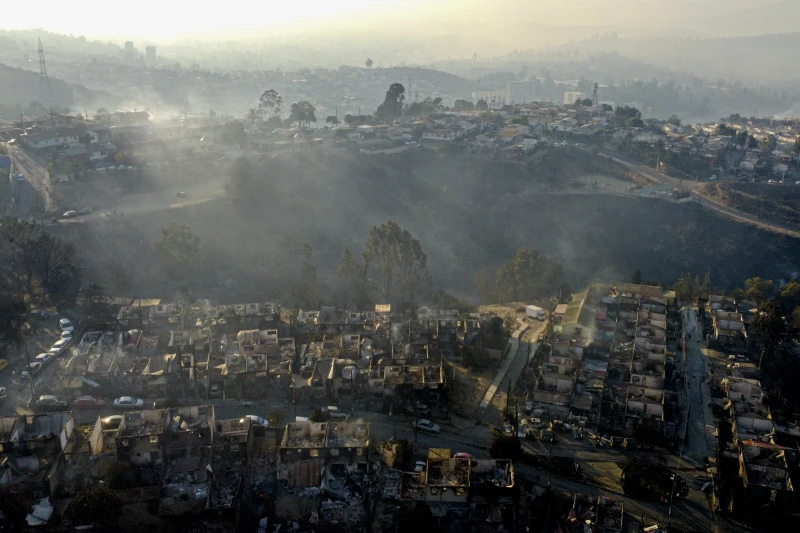
Smoke rises from burned houses after a wildfire spread to the Villa Independencia neighborhood in Vina del Mar, Chile, Feb. 3, 2024. Photo: AP
What role do global weather cycles play?
In the case of Chile, some unusually heavy rains last year are believed to have increased the growth of the bush. Then, as the global rain cycle was disrupted, droughts intensified, leaving the entire region unusually dry and more susceptible to fire, creating the perfect conditions for fires.
“Climate change has made droughts more common,” said Mitchard. “And that’s especially true in South America this year.”
“We are seeing the most severe drought ever recorded in the Amazon basin, and if there is a drought in the Amazon basin, there will be less rain in southern South America,” he added.
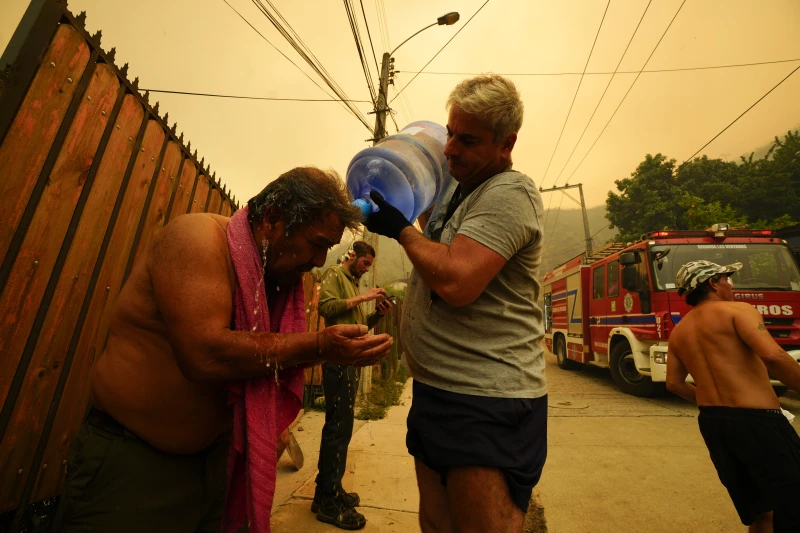
A man uses water to cool a resident as a forest fire burns nearby, in Vina del Mar, Chile, February 3, 2024. Photo: AP
On top of that is the El Niño weather pattern, a natural and periodic warming of surface waters in the Pacific Ocean that affects weather around the globe. In South America, that has meant high temperatures and drought this year.
Climate change is making El Niño stronger, and droughts caused by it are likely to be more severe, Mitchard said. Last month, the Colombian government declared a state of disaster due to dozens of forest fires linked to the weather phenomenon.
The huge amount of carbon released from wildfires also adds to global warming.
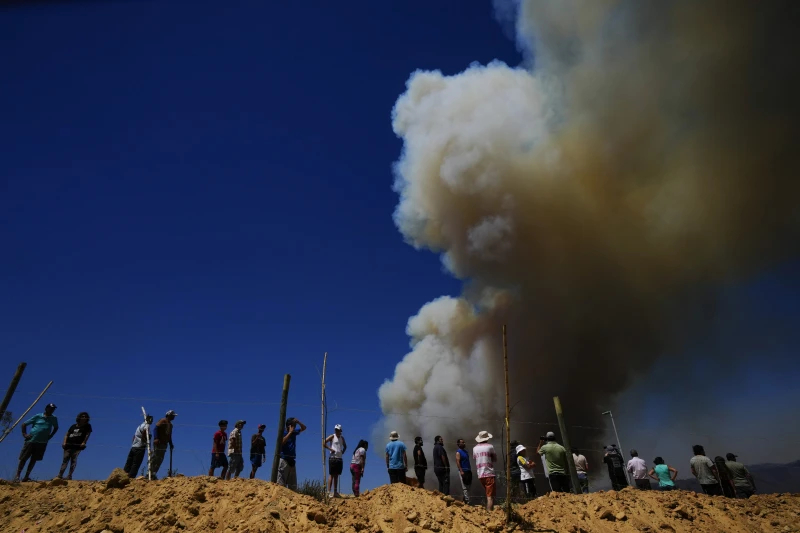
People watch as smoke from a wildfire rises into the sky in Vina del Mar, Chile, February 3, 2024. Photo: AP
Are wildfires getting worse?
The World Resources Institute (WRI) used satellite data to calculate that wildfires now destroy about 30,000 square kilometers of forest each year, an area the size of Belgium and twice as large as 20 years ago.
The Intergovernmental Panel on Climate Change (IPCC) has found that extreme heatwaves around the world are becoming five times more frequent due to human-caused global warming. This creates hotter, drier weather conditions that are ideal for wildfires to flare up.
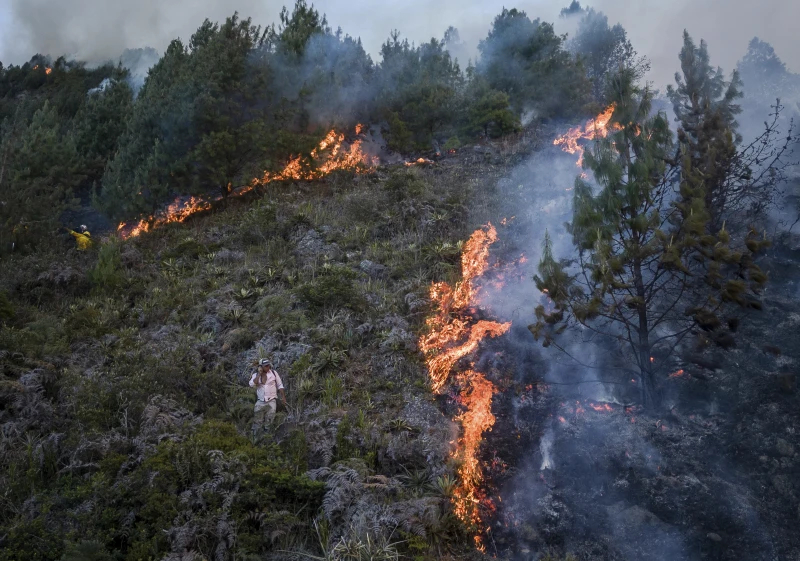
A wildfire burns on a mountainside around Nemocon, north of Bogota, Colombia, January 23, 2024. Photo: AP
Hoai Phuong (according to AP)
Source


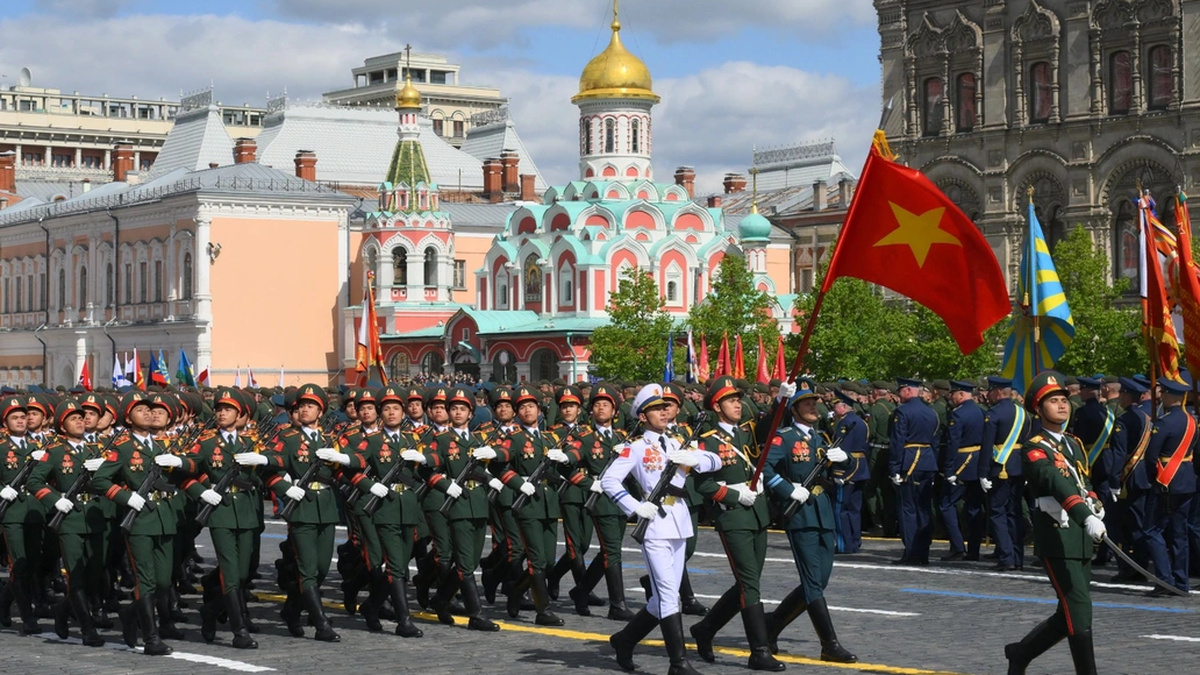
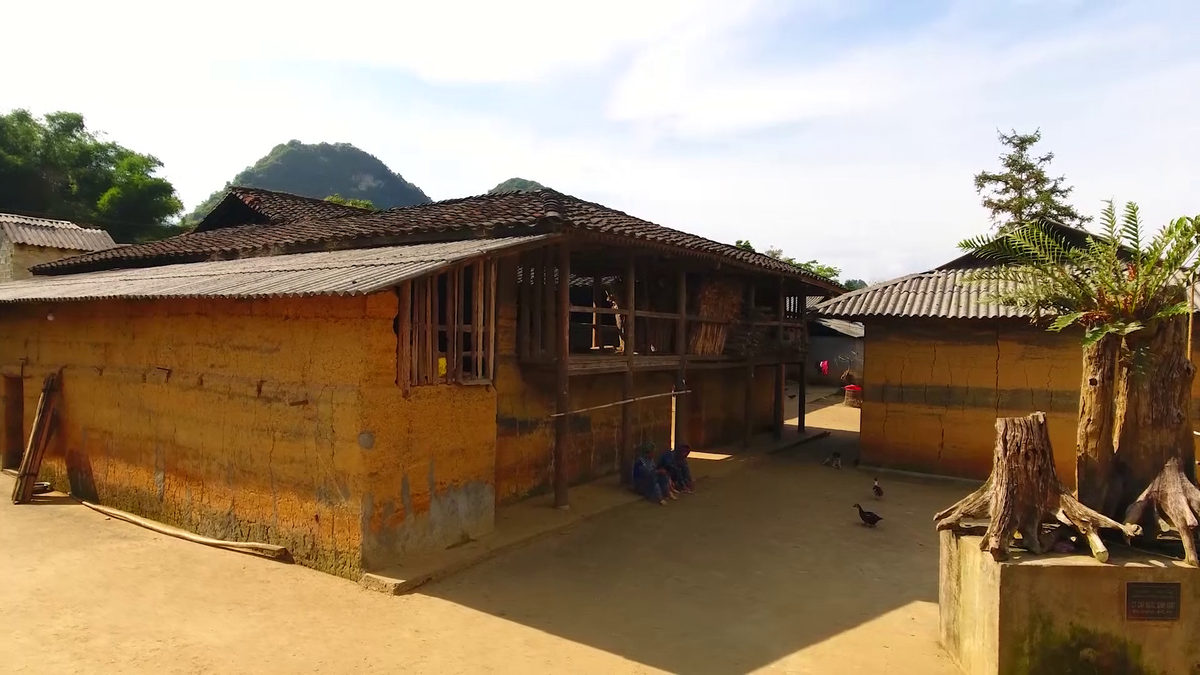
![[Photo] Magical moment of double five-colored clouds on Ba Den mountain on the day of the Buddha's relic procession](https://vphoto.vietnam.vn/thumb/1200x675/vietnam/resource/IMAGE/2025/5/9/7a710556965c413397f9e38ac9708d2f)

![[Photo] Prime Minister Pham Minh Chinh chairs a special Government meeting on the arrangement of administrative units at all levels.](https://vphoto.vietnam.vn/thumb/1200x675/vietnam/resource/IMAGE/2025/5/9/6a22e6a997424870abfb39817bb9bb6c)
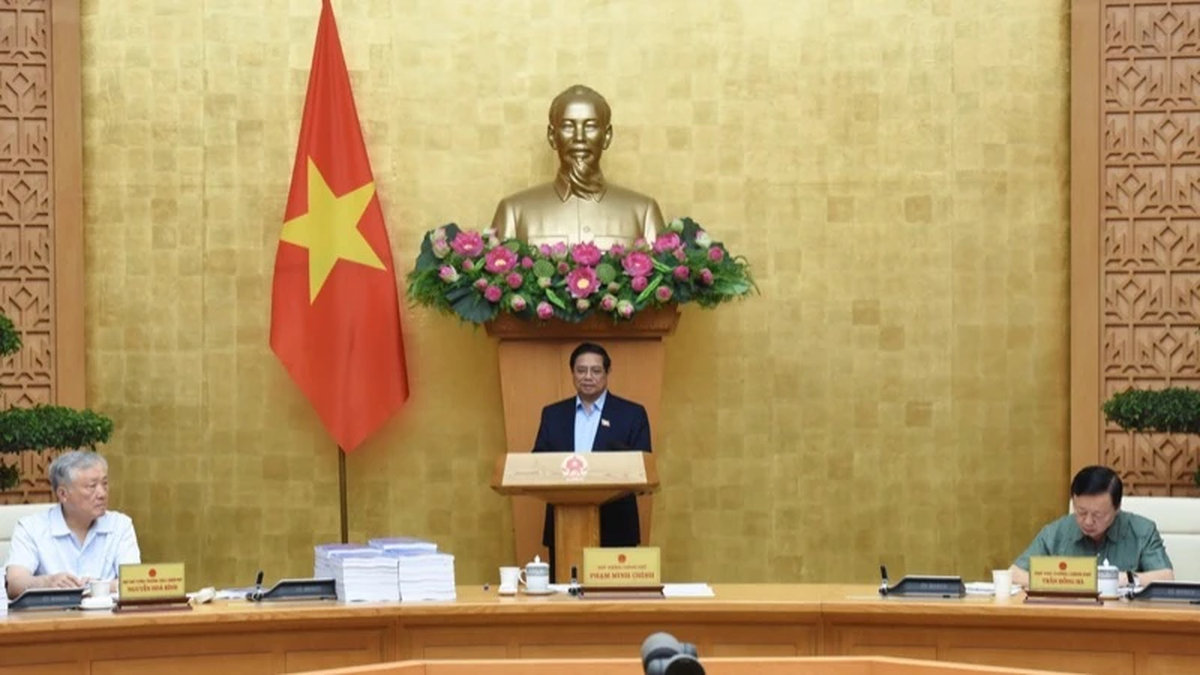
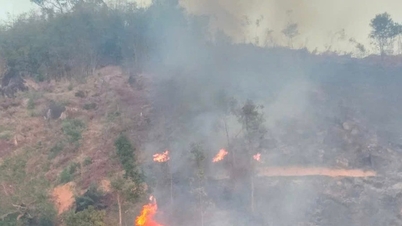








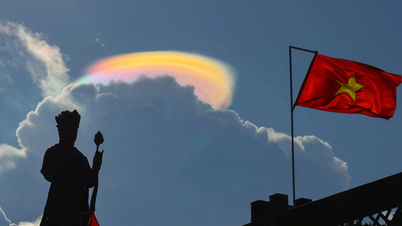

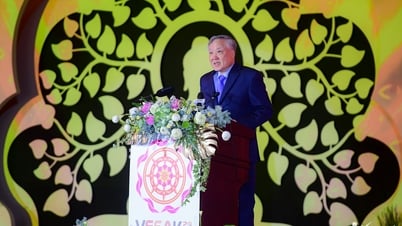





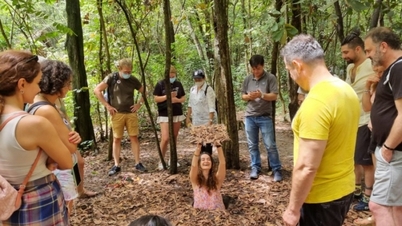

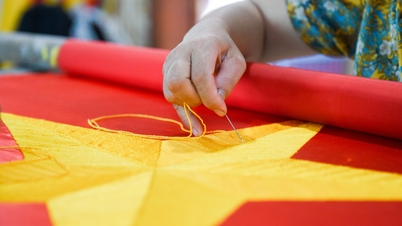



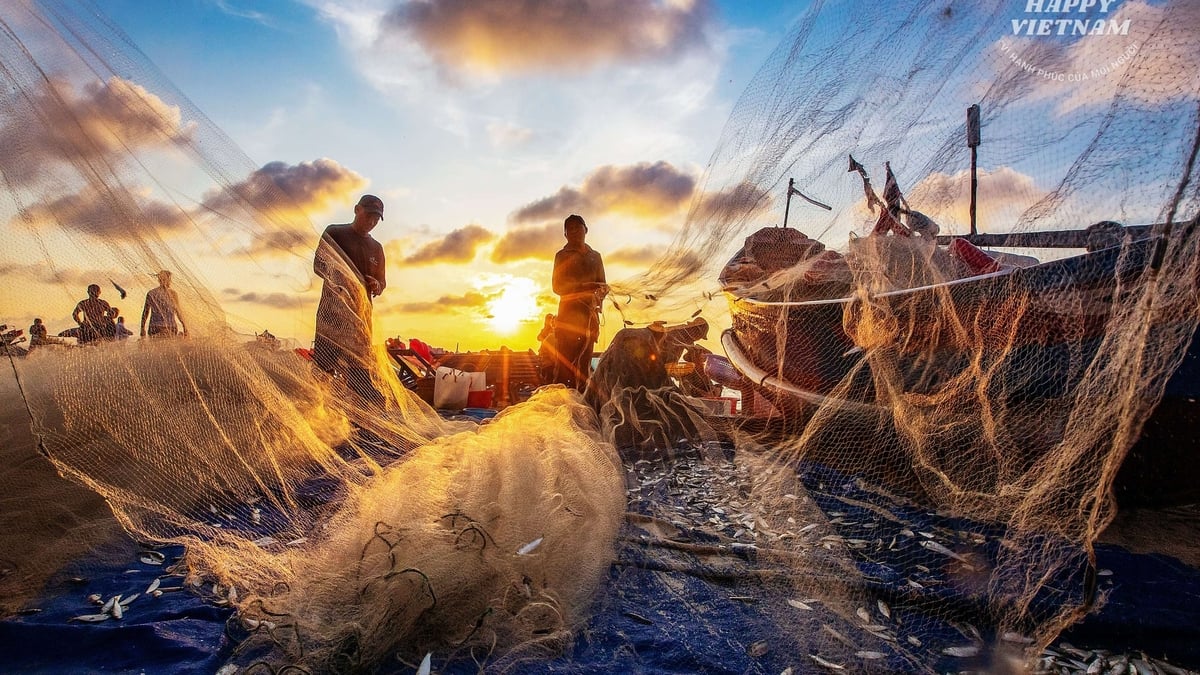

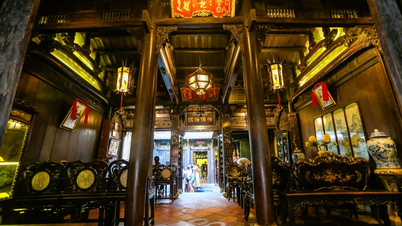

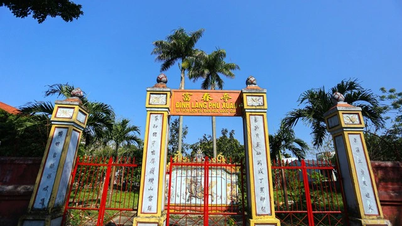



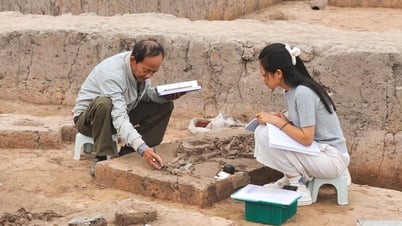


























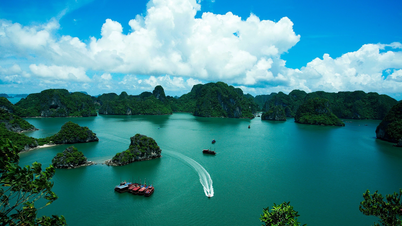










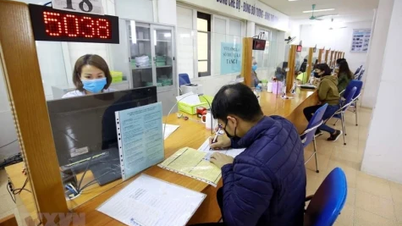






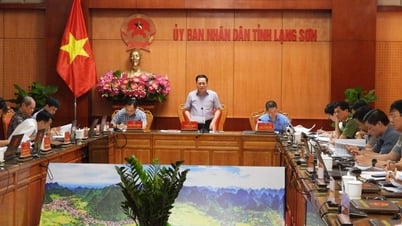














Comment (0)